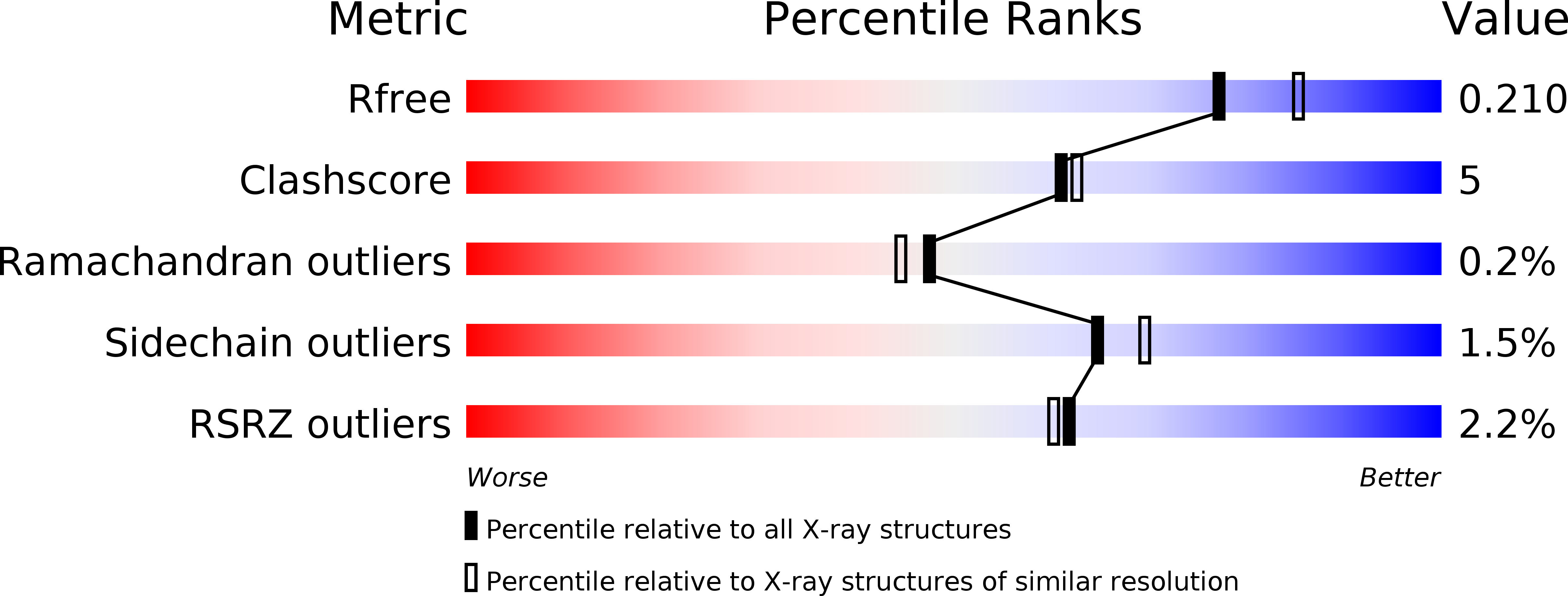
Deposition Date
2007-09-18
Release Date
2007-10-23
Last Version Date
2023-08-30
Entry Detail
PDB ID:
2RB9
Keywords:
Title:
Crystal structure of E.coli HypE
Biological Source:
Source Organism:
Escherichia coli O157:H7 (Taxon ID: 83334)
Host Organism:
Method Details:
Experimental Method:
Resolution:
2.00 Å
R-Value Free:
0.20
R-Value Work:
0.17
R-Value Observed:
0.17
Space Group:
C 1 2 1


